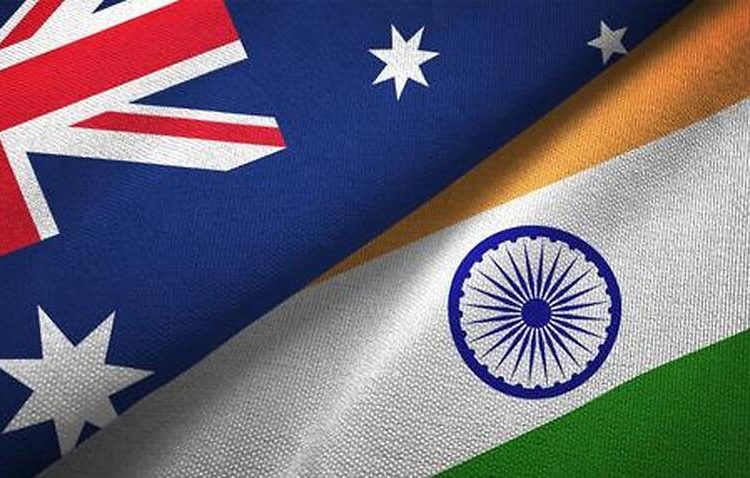
After negotiations spanning more than a decade, the two countries finally succeeded in signing a Free Trade Agreement on 2 April.
Highlights
- Work and Holiday visas will be implemented for Indian citizens within two years
- Visa holders will be able to stay and work in Australia for 12 months
- The Australian government says it will help boost the cultural ties
Australian Prime Minister Scott Morrison said the Australia-India Economic Cooperation and Trade Agreement (AI ECTA) will open a “big door into the world’s fastest-growing major economy” for Australians.“This agreement has been built on our strong security partnership and our joint efforts in the Quad, which has created the opportunity for our economic relationship to advance to a new level,” he said.
As part of the agreement, the Federal government has announced that Australia will provide new access for young Indians to participate in working holidays in Australia.
The program will be implemented within two years and will allow up to 1,000 Indian youngsters in a year to holiday in Australia while working and earning money.
“This is expected to contribute to both workforce requirements and to boost tourism to support our post-COVID recovery,” a statement from the Prime Minister’s office said.
Working Holiday – what is it?
According to the Australian government, the working holiday program is a cultural exchange program that allows young travellers to earn money as they travel.
Brisbane-based immigration lawyer Prathap Lakshmanan explained that there are two types of working holiday programs in Australia – the Working Holiday visa (Subclass 417) and the Work and Holiday visa (Subclass 462).
“They have many similarities, but some major differences too. The Work and Holiday visa requires specific education qualifications and a certain level of English language proficiency as well, while the Working Holiday visa doesn’t require them,” he said.
Australia offers Working Holiday visas to citizens of 19 countries, mostly European and a few Asian countries including Japan, the Republic of Korea and Hong Kong.
However, the Work and Holiday visa is available to 26 countries including the USA, China, Singapore, and Indonesia.
“The Work and Holiday program, which will be available for Indians, has an age limit of 18 to 30 years when you apply. However the Working Holiday visa allows people up to 35 years from some countries,” Mr Lakshmanan said.
Who will be eligible?
Minister for Trade, Tourism and Industry Dan Tehan, in a letter written to his Indian counterpart Piyush Gopal, said that the visa will “promote youth mobility and people-to-people ties for young Australian and Indian citizens who wish to visit Australia or India to broaden their professional and cultural horizons.”
While India doesn’t have any such working holiday programs, the agreement ensures that if India implements a similar program with any country in the future, it will be extended to Australian citizens as well.
The letter explains that Australia will offer “up to 1,000 multiple-entry ‘first’ Work and Holiday visas for temporary stay for a period of twelve calendar months to Indian citizens.”
“Only those who have completed at least two years of study after their secondary education and possess a functional level of English proficiency are eligible for the visa,” said Mr Lakshmanan.
Other eligibility criteria for the visa will be as follows:
- Hold a valid Indian passport
- Are outside Australia at the time of application for and grant of visa
- Lodge an online application
- Pay the visa application charge
- Intend primarily to holiday in Australia for a period of up to 12 months
- 18-30 years of age at the time of application
- Will not be accompanied by dependent children
- Hold an onward travel ticket or have sufficient funds for such a ticket
- Possess sufficient funds for personal support in Australia and to depart
- Meet health and character requirements
Those who have previously held any working holiday program visas are not eligible, the letter said.
Minister Dan Tehan told an online media conference that “backpacker visa” holders could work in various sectors in Australia.
”They can work in hospitality, so in cafes and restaurants; they can work on farms, they can work on some of our resort islands with their backpacker visa,” he added.
Mr Lakshmanan said that it will be a multiple-entry visa, allowing participants to stay in Australia for 12 months.
“They can take up employment in Australia during the course of the visa. It is generally up to six months with one employer,” he said.
Those who are undertaking minimum periods of specified work will be eligible for applying for second and third work and holiday visas.




